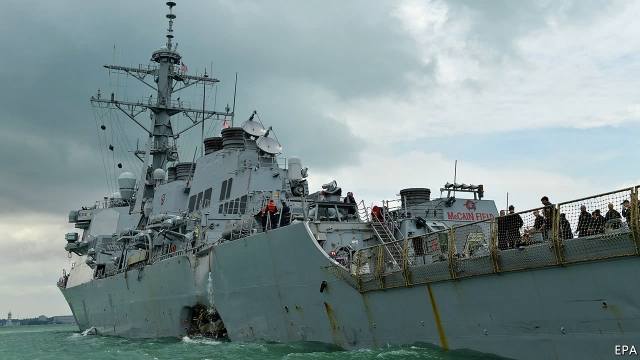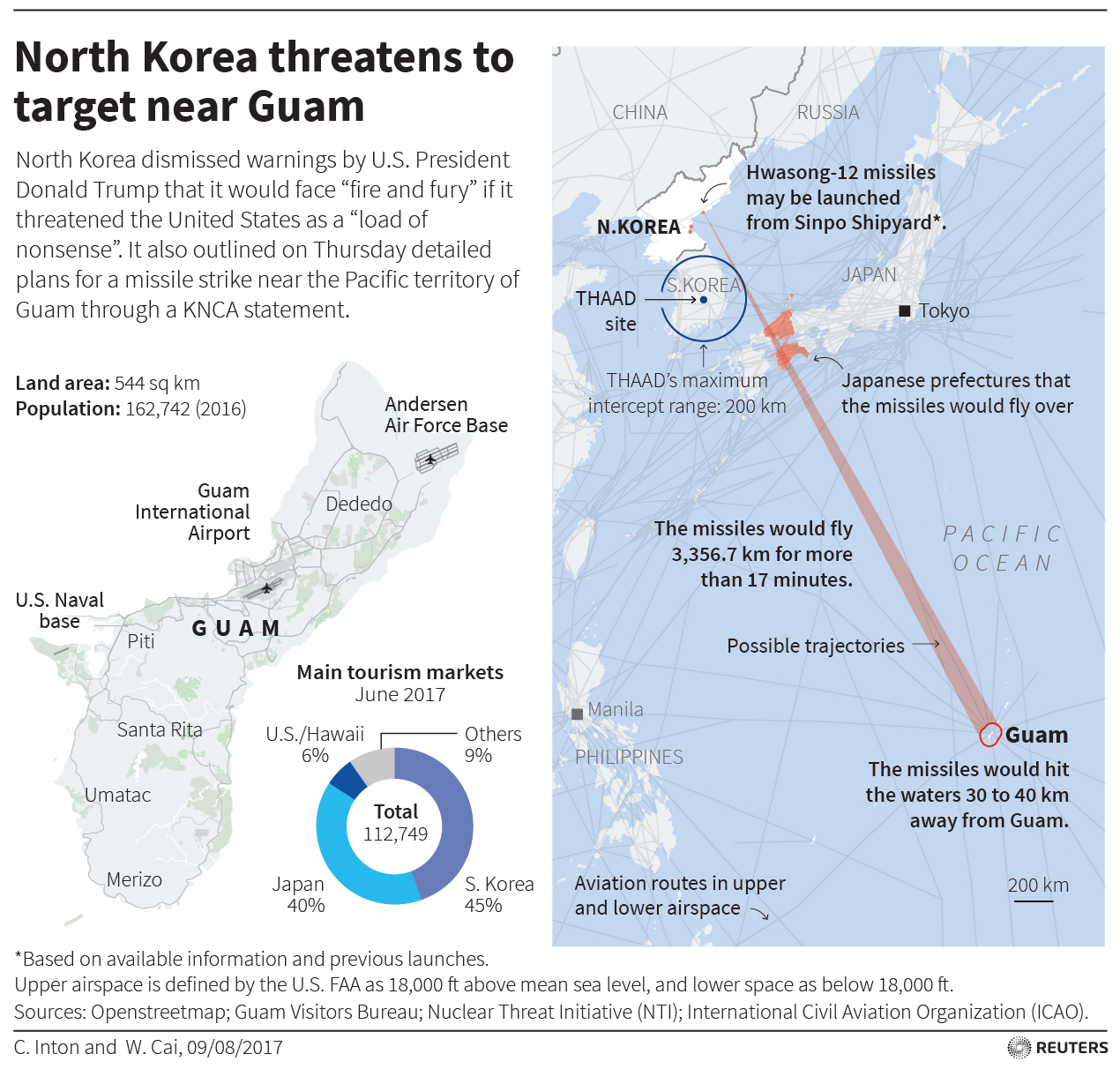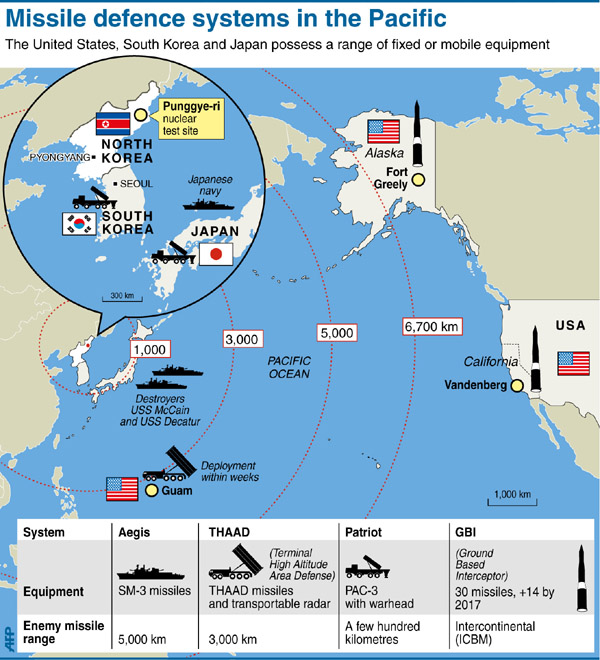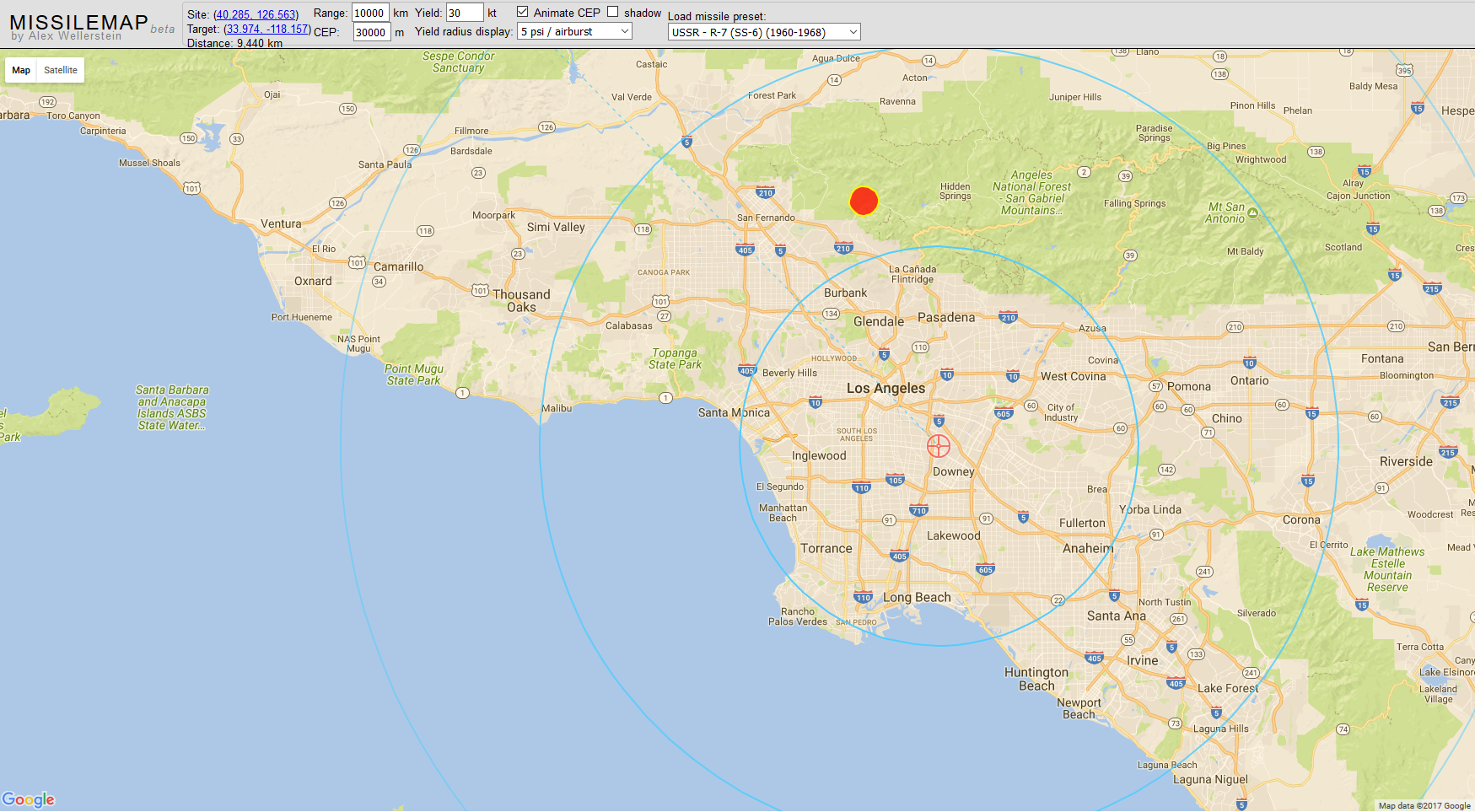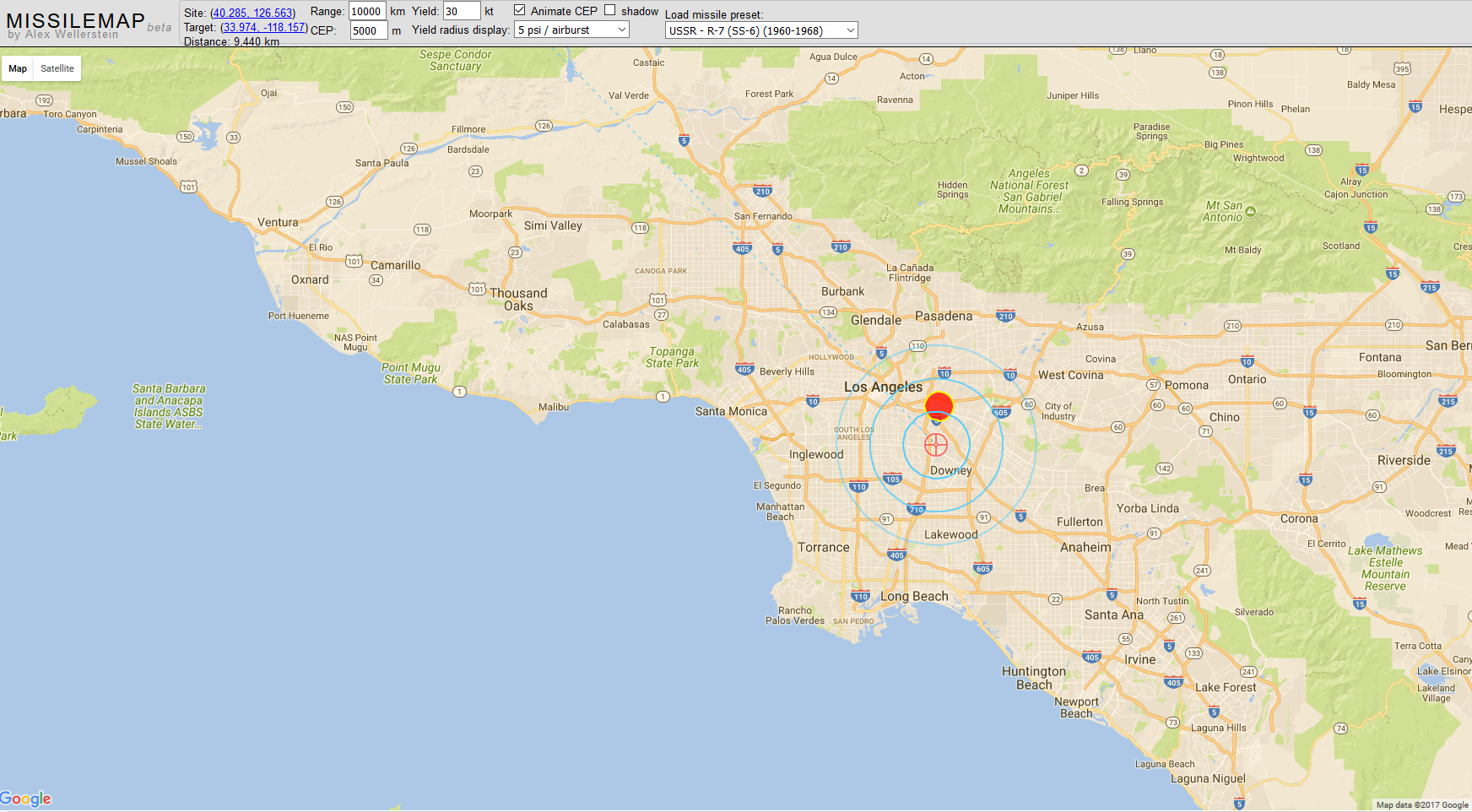
On 3 September, North Korea tested what it claimed to be a thermonuclear warhead which can be mounted on a ballistic missile. While analysts debate whether the device detonated actually was a deliverable thermonuclear bomb, it is clear that the regime of Kim Jong Un is making progress in developing the capability to strike the United States and its regional allies with nuclear weapons.
Is there anything that can be done to halt North Korea weapons development and mitigate its threatening behavior? At the moment, there appear to be few policy options, and each of them carries significant risk.
- Launch a preemptive military strike.
- Enlist or coerce China into reigning in North Korea’s adventurism.
- Accept the fact that North Korea is now the ninth nuclear power in the world—with the capability to strike the U.S. and its regional allies with nuclear-armed ballistic missiles—and adopt the Cold War approach of containing it militarily and limiting its nuclear arsenal through negotiation.
Would attempting to shoot down forthcoming North Korean ballistic missile test launches be a viable policy alternative for the U.S. and its allies? Geof Clark proposed this option in a recent post:
I would argue that the U.S. use the United Nations as a forum to define the parameters for any possible North Korean missile launch that should be intercepted with allied BMD [ballistic missile defense] assets If, for example, a North Korean missile looks likely to hit close to Tokyo, based upon the trajectory identified by Aegis ships at sea, then BMD should shoot it down. By making our rules of engagement public, this would provide a clear signal to China and Russia that the U.S. and its allies intend to use their BMD capabilities (and potentially learn from any failures) against live enemy missiles, but also temper the risk of escalation into any further missile volleys between any parties.
A number of commentators questioned why the U.S. or Japan elected not to attempt to intercept North Korea’s 29 August ballistic missile test that flew directly over Japanese territory. A variety of technical and political issues were cited as justification for restraint. The U.S. and Japan resorted to the usual mix of condemnation and calls for further economic sanctions.
What are the arguments for and against a policy of intercepting North Korean missile tests?
Pros:
- The main argument in favor of this is that it could change the narrative with North Korea, which goes like this: Kim’s government stages some provocation and the U.S. and its allies respond with outraged rhetoric, diplomatic moves to further isolate Kim’s regime, and the imposition of a new round of economic sanctions It is hard to see how much more isolated North Korea can be made, however, and the vast majority of its trade is with a benevolent China across a porous border. This story has played out repeatedly, yet nothing really changes. Shooting down North Korea’s missile tests could change this stale narrative by preventing it from conducting provocations without consequence.
- It would send a strong message to North Korea.
- It is not out of line with the provocations North Korea has done over the years (for example: sinking a South Korean patrol boat in 2002).
- It is a step short of a preemptive strike by the U.S. and its allies.
- It could stall North Korean missile development (especially the ballistic cap, which the North Koreans still have not developed).
- It could provide the basis for negotiations.
- It is a credible threat (unlike threatening trade sanctions against China to coerce it into restraining North Korea).
- It would embarrass Kim’s government by demonstrating that its threats are no longer effective.
Cons:
- Which missile tests would be shot down? The U.S. has already declared that any North Korean missile that appears to be targeted at the territory of the U.S. or its allies would be engaged by BMDs and considered an act of war. (The determination that the 29 August test was not aimed at friendly territory was a major factor in the decision not to engage it.) The Trump administration has repeatedly warned the North Koreans of a massive military response to any perceived attack.
- Intercepting a North Korean test flying over Japan or into international waters would likely be interpreted by Kim’s regime as a deliberate escalation of the conflict. Such an act would probably extinguish what some have seen as signals from North Korea of a willingness to engage in diplomatic talks, and could precipitate counter-provocations in what is already a highly tense stand-off.
- Some have speculated that the North Koreans may attempt to launch a ballistic missile carrying what many believe to be a recently-tested thermonuclear warhead. The consequences of an attempt to intercept such a test would inevitably be dire.
- What about targeting North Korean short-range ballistic missiles, or long-range missile tested at short ranges? Intercepting these tests would pose formidable technical challenges for U.S. and allied BMD systems. The risk of failed intercepts would increase and the level of provocation to the North Koreans would be very high.
- China might interpret an attempted intercept as a violation of North Korean sovereignty. Although the Chinese have expressed frustration with North Korea’s behavior, it remains a Chinese client state. While certainly provocative, North Korea’s missile tests over Japan are not a clear cut violation of international law. China remains committed to defending North Korea against foreign threats. Intercepting an allegedly “peaceful” ballistic missile test could easily bring China to North Korea’s overt assistance. This would run contrary to the Trump administration’s avowed policy of enlisting the Chinese to restrain Kim’s government and raises the potential for a direct U.S/China confrontation.
- It is not at all clear that key U.S. allies South Korea and Japan would support a policy of intercepting North Korean missile tests not aimed at their territory. The U.S. needs permission from these countries to deploy its theater BMD systems within range of North Korean missiles. South Korea is already ambivalent about hosting U.S. BMDs and Japan has indicated that it will maintain its own policy regarding intercepting potential threats. An aggressive U.S. policy could risk damaging or splitting the alliance.
- A vow to intercept North Korean missile tests would place enormous pressure on U.S. and allied BMDs to perform effectively, a capability that remains highly uncertain. While theater BMDs have performed better in tests than the U.S. intercontinental Ground-Based Midcourse Defense (GMD) system, it is unlikely they can intercept every potential target. Any weaknesses demonstrated by theater BMD increases the political effectiveness of North Korea’s putative ballistic missile capability. The current ambiguity works in the favor of the U.S. and its allies. Dispelling the uncertainty would be a high price to pay in any circumstance but defense of U.S. or allied territory.
- It is not evident that suppressing North Korean missile tests at this point would have a significant impact on its capabilities. North Korea has already demonstrated that its ballistic missiles work well enough to pose a clear threat to the U.S. and its allies. Further testing would only refine existing technology to reduce the probability of technical failures.
Like the other available policy options, this one too carries a mix of potential benefits and risky downsides. The consequences of attempting to implement it cannot be completely foreseen. What does seem clear is that the existing approach does not seem to have worked. Successfully resolving a problem like North Korea is likely to take time, patience, and no small amount of imagination.


